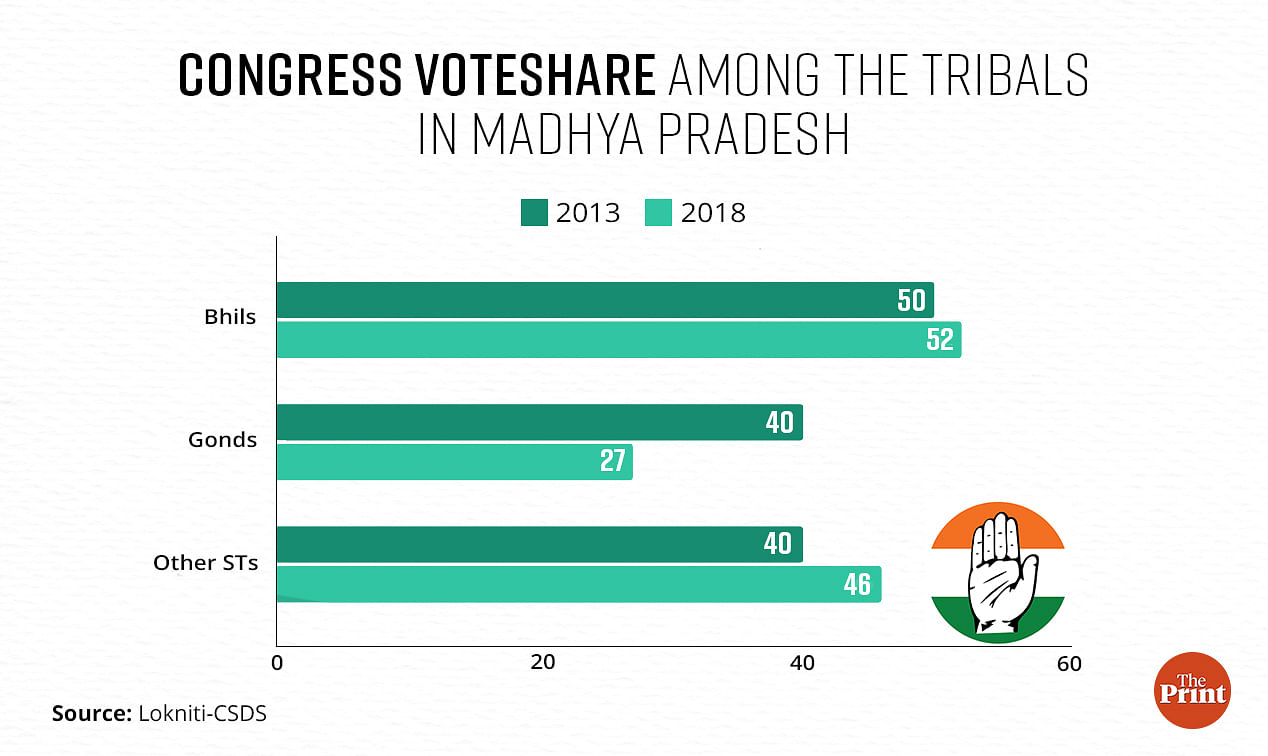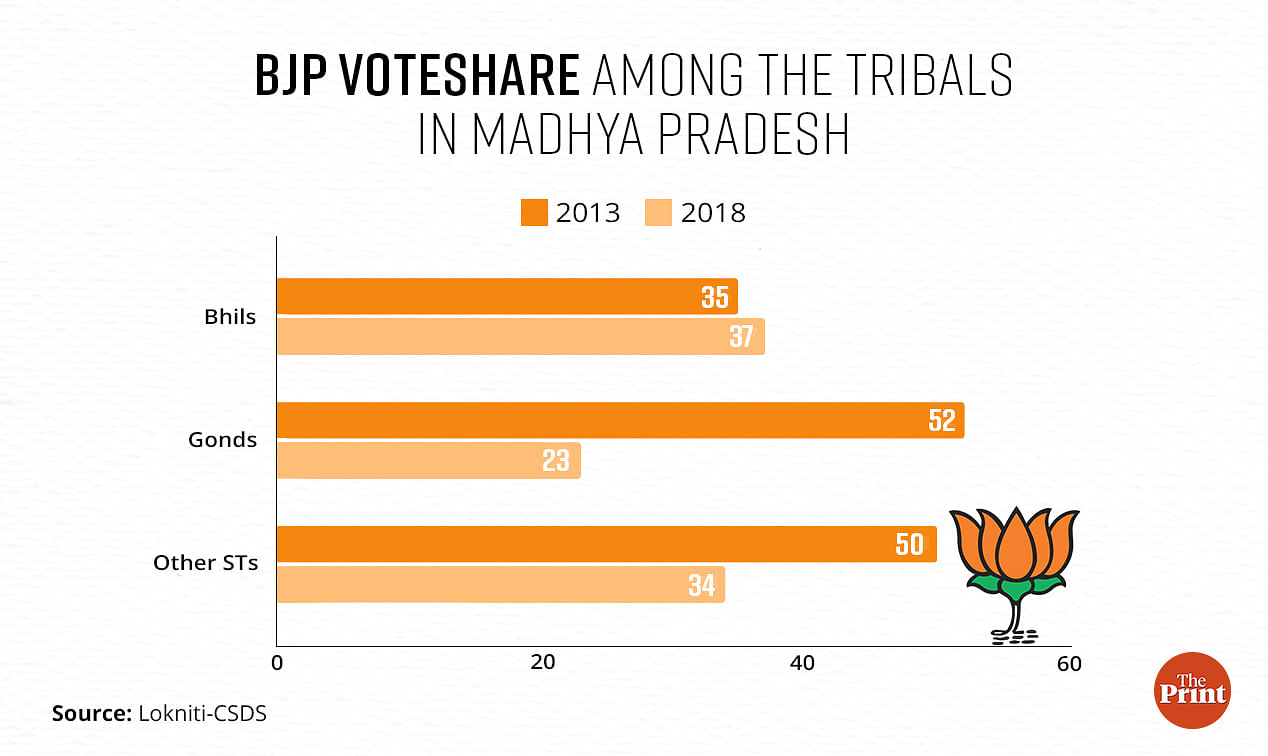What seems to be playing out in Madhya Pradesh is that the Bharatiya Janata Party and Congress are trying to woo the large population of tribals in the state and build a voter base for the assembly election due in late 2023.
In July 2023, Home Minister Amit Shah, sometimes described as the ‘Chanakya’ of Indian politics, kickstarted a tribal outreach campaign from Balaghat to attract tribal votes. Meanwhile, former Congress CM Kamal Nath was projected as a devotee of Hanuman by the party, just after a party MLA called the Hindu god ‘Adivasi’. Rani Kamlapati, the last Hindu queen of Bhopal, was also appropriated as a tribal icon by both parties. The recent event in which a BJP leader urinated on a tribal man that attracted heavy criticism—for the right reasons, of course—and the politicisation of the issue, followed by the CM washing the feet of the victim, is all part of the political stunt and drama played out to retain a significant portion of the tribal vote in the state.
Why are political parties trying to win the confidence of tribal communities in Madhya Pradesh? Moreover, what is so unique about its politics that the focus of parties has shifted from the caste-based politics of the Hindi heartland to building a support base among the tribal voters?
Out of all Indian states, Madhya Pradesh accounts for the highest Scheduled Tribes (ST) population — 21 per cent of the total population. In the state assembly, 47 out of 230 seats are reserved for ST candidates. These two factors turn the community into an important factor for determining who wins in Madhya Pradesh.
Also read: MP govt has shown how to be sensitive in delivering justice in Dalit-Adivasi atrocity…
What the data says
In the 2018 assembly election, Congress returned to power majorly due to a large group of STs moving away from the BJP. The trend was largely reflected in the surveys conducted by Lokniti-CSDS. They divided the ST population into three cluster groups comprising Bhils, Gonds, and the other STs.
The survey suggests that both the parties, the Congress and BJP, witnessed a drop of 13 and 29 per cent, respectively, in the Gond votes. In the case of Bhils, both parties retained their existing support base. Congress held a grip among 50 per cent of the Bhils in the 2013 assembly election, which was slightly increased by 2 per cent in the 2018 election. For the BJP, too, the vote share among the Bhils increased from 35 to 37 per cent between 2013 and 2018. Hence, the 2 per cent vote increase for both parties was not enormously significant, as the net difference in the increased vote share was zero between both parties. Although Congress, holding 50 per cent of the votes, enjoyed a comparative advantage over BJP among the Bhils in the state.


Other tribal groups that voted heavily for the BJP in 2013 defected from the party in the 2018 assembly election — a decline from 50 per cent to 34 per cent. Meanwhile, the vote share of the Congress increased from 40 per cent to 46 per cent. It was the result of these defections of the tribals from the BJP and Congress’s ability to retain the tribal votes that resulted in the latter winning 30 out of 47 ST reserved seats.
The voting pattern of STs in Madhya Pradesh points to two interconnected lessons for all parties. STs are not a homogenous vote bank in the state. These communities do not show allegiance to any single political party trying to mobilise them with opportunities and win their support.
Manan Shivhare is a student at Ashoka University, currently an intern with Lokniti-CSDS. Sanjay Kumar is a professor at CSDS. Views are personal.
(Edited by Humra Laeeq)



